Interior rot on Maple Trees
Brian Maxwell
7 years ago
Featured Answer
Comments (17)
Huggorm
7 years agodavidrt28 (zone 7)
7 years agolast modified: 7 years agoRelated Professionals
Peabody Landscape Contractors · Florham Park Landscape Contractors · Fridley Landscape Contractors · Lees Summit Landscape Contractors · Lorain Landscape Contractors · Placerville Landscape Contractors · San Pedro Landscape Contractors · Smyrna Landscape Contractors · Watertown Landscape Contractors · South Laurel Siding & Exteriors · Pittsburgh Decks, Patios & Outdoor Enclosures · Saint Louis Park Decks, Patios & Outdoor Enclosures · Vero Beach Decks, Patios & Outdoor Enclosures · West Chicago Decks, Patios & Outdoor Enclosures · Canyon Lake Stone, Pavers & Concretedavidrt28 (zone 7)
7 years agolast modified: 7 years agoBrian Maxwell
7 years agoHuggorm
7 years agolast modified: 7 years agodavidrt28 (zone 7)
7 years agolast modified: 7 years agoBrian Maxwell
7 years agodavidrt28 (zone 7)
7 years agolast modified: 7 years agojalcon
7 years agoToronado3800 Zone 6 St Louis
7 years agowisconsitom
7 years agoMichael Fresh
3 years agoMichael Fresh
3 years agoMichael Fresh
3 years agoMichael Fresh
3 years agoEmbothrium
3 years agolast modified: 3 years ago
Related Stories

GARDENING AND LANDSCAPING8 Rot-Resistant Woods for Your Outdoor Projects
No need for chemical treatments on your deck or pergola. These woods stand up to weather, insects and time beautifully on their own
Full Story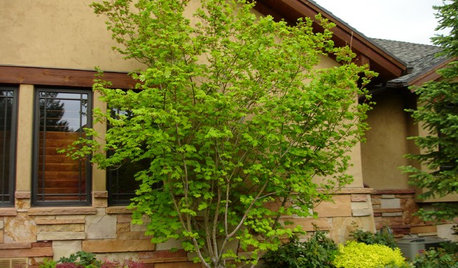
LANDSCAPE DESIGNGreat Design Plant: Vine Maple
Exciting year-round color and adaptability make this highly ornamental native small tree a top choice for home gardens
Full Story
GARDENING GUIDESGreat Design Plant: Paperbark Maple
With fall foliage like a sunset and bark the color of cinnamon, this tree is a highlight of the landscape
Full Story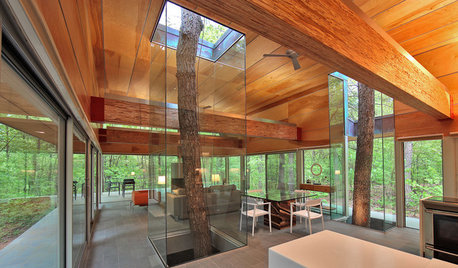
DECORATING GUIDES10 Tree-Hugging Interiors That Work Around Nature
Bursting up through the floor, planted in an indoor patio or potted in any room you choose, trees bring an elegance that's organic
Full Story
MATERIALSWoodipedia: Maple Is a Marvel Around the House
A heavy hardwood with lots of potential, maple appeals to modern sensibilities and won't break your budget
Full Story
GARDENING GUIDESTree Care: Common Tree Diseases and What to Do About Them
Learn to recognize trees that may be affected by diseases or pests so you can quickly take action
Full Story
GARDENING GUIDESGreat Design Tree: Australian Tea Tree
A living sculpture with an unmistakable appearance, this coastal native creates an intriguing landscape scene
Full Story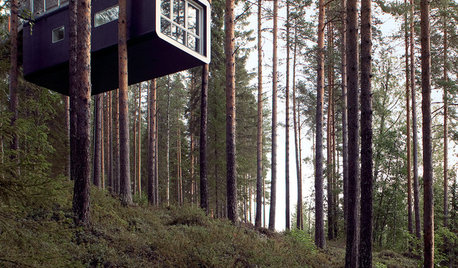
TREE HOUSESAmazing Tree Houses From All Over the World
Not your average backyard DIYs, many high-design homes in the trees alight in a photo-filled new book
Full Story
TREE HOUSESHouzz Call: Show Us Your Well-Designed Treehouse or Tree Fort!
Got a great treehouse or tree fort? We want to see it! Post yours in the Comments and we’ll feature the best in a future article
Full Story
SIDE YARD IDEASNarrow Trees for Tight Garden Spaces
Boost interest in a side yard or another space-challenged area with the fragrance and color of these columnar trees
Full Story





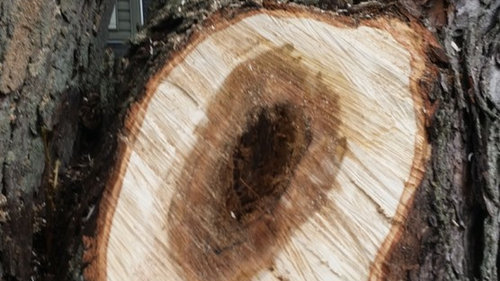
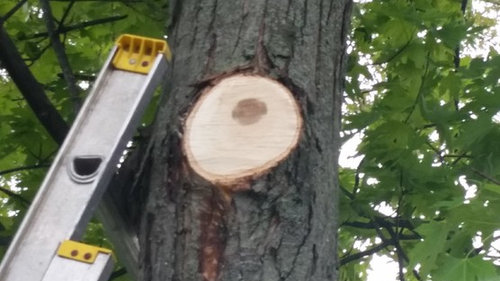
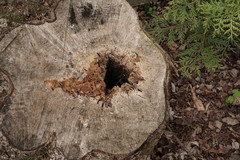

davidrt28 (zone 7)